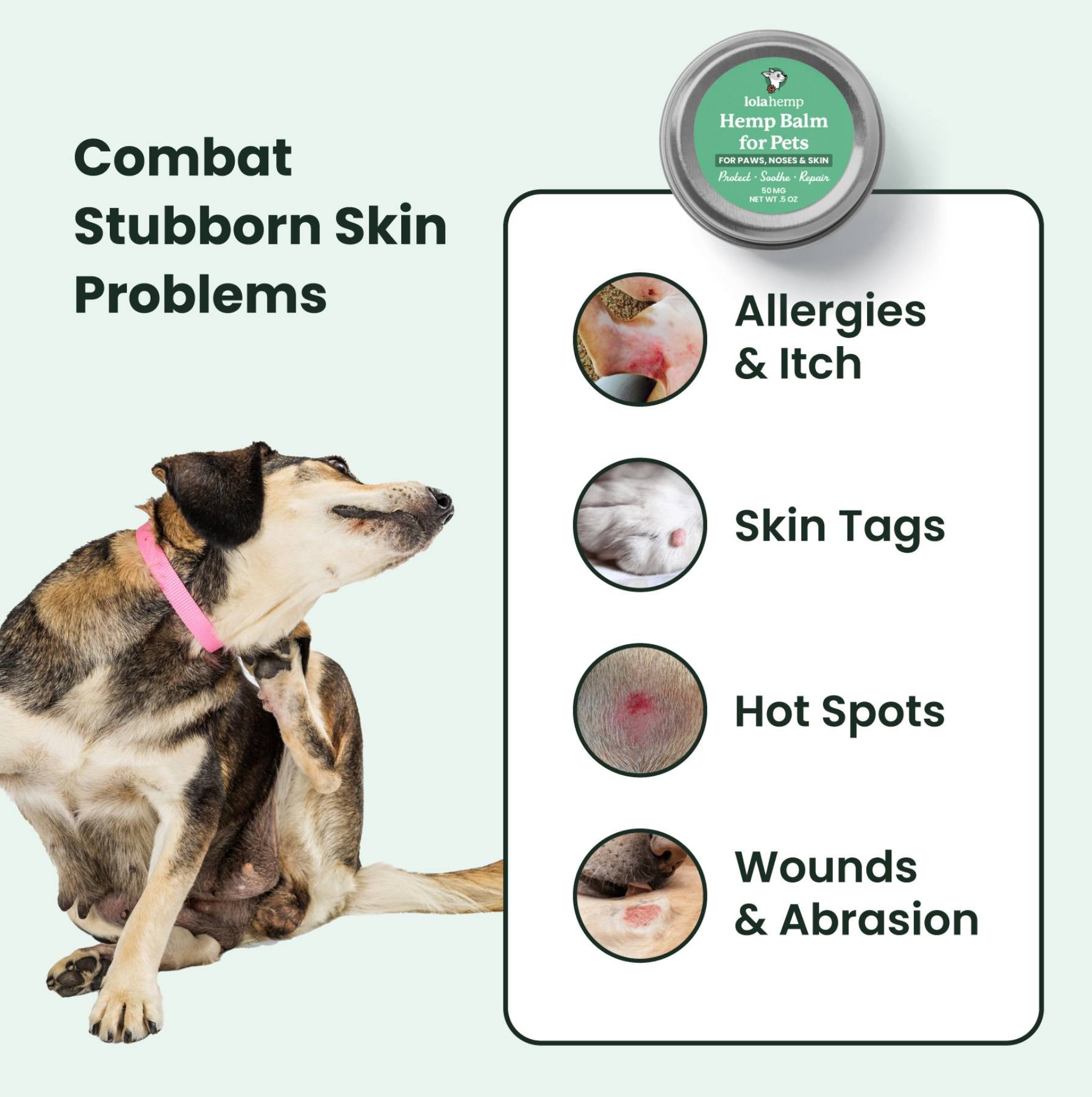Ear infections might not be common in cats, but when they do occur, they can quickly become serious if left untreated. What starts as a simple irritation can progress to discomfort, extreme itching, hearing loss, or even chronic infections if not addressed promptly.
Understanding the causes, symptoms, and treatments for ear infections can help you take swift action to protect your cat’s health.
What are Cat Ear Infections, Specifically?
An ear infection occurs when the delicate lining of a cat’s ear canal becomes inflamed or irritated, often leading to an overgrowth of bacteria or yeast. Infections can affect the outer ear (otitis externa), middle ear (otitis media), or inner ear (otitis interna), with more severe cases potentially causing balance issues or hearing loss.

While ear infections are less common in cats than in dogs, they are often a sign of an underlying health issue, such as allergies, parasites, or immune system problems. Identifying and treating the root cause is essential to preventing recurring infections.
What Causes an Ear Infection in Cats?
Ear infections in cats can be triggered by a variety of factors. Understanding these common causes can help you prevent infections or identify them early for effective treatment.
- Ear Mites: A leading cause of ear infections in cats, especially kittens. These tiny parasites feed on ear wax and skin oils, leading to irritation and infection.
- Bacterial Infections: Bacteria can overgrow in the ear canal, often due to moisture or injury. These infections are more likely to occur in cats with weakened immune systems.
- Yeast Infections: Overgrowth of yeast, such as Malassezia, can cause itching, redness, and discharge.
- Allergies: Environmental allergies, food sensitivities, or seasonal changes can cause inflammation in the ear canal.
- Foreign Bodies: Grass, dirt, or debris can get lodged in the ear.
- Excessive Wax Buildup: Creates an environment where infection can develop more easily.
- Health Conditions: Diabetes, hypothyroidism, or autoimmune issues can increase the risk of infection.
7 Signs Your Cat Has an Ear Infection
- Frequent Scratching or Pawing at the Ear
- Head Shaking or Tilting
- Discharge from the Ear
- Odor from the Ear
- Swelling or Redness in the Ear Canal
- Balance Issues
- Hearing Loss

How to Treat Your Cat's Ear Infection
- Ear Drops: Prescription antibiotics or antifungals.
- Oral Medications: Antibiotics or steroids for severe cases.
- Ear Cleaning: Keeping the ear canal clean and dry.
- Surgery: Rare, but possible for chronic or structural issues.
Conclusion
The best way to prevent ear infections is through regular ear checks and early intervention. If you notice any symptoms of an ear infection, contact your vet as soon as possible. Regular cleaning and addressing underlying conditions can reduce recurrence.
By staying proactive, you can help keep your cat’s ears healthy and avoid the pain and complications that come with infections.
Frequently Asked Questions About Cat Ear Infections
What are the most common symptoms of ear infections in cats?
Common symptoms include scratching, head shaking, ear discharge, odor, redness, swelling, balance issues, and possible hearing loss.
Are ear infections in cats serious?
They can become serious quickly if untreated and may lead to chronic infections or hearing loss.
What causes ear infections in cats?
Common causes include ear mites, bacteria, yeast, allergies, foreign objects, and underlying health conditions.
How are cat ear infections treated?
Treatment typically involves medicated ear drops, oral medication, ear cleaning, and in rare cases, surgery.
Can you prevent ear infections in cats?
Yes. Regular ear checks, cleaning, and addressing underlying issues such as allergies can reduce risk.
When should I take my cat to the vet for an ear infection?
Any signs of ear discomfort—scratching, odor, discharge, or swelling—warrant a vet visit as soon as possible.









